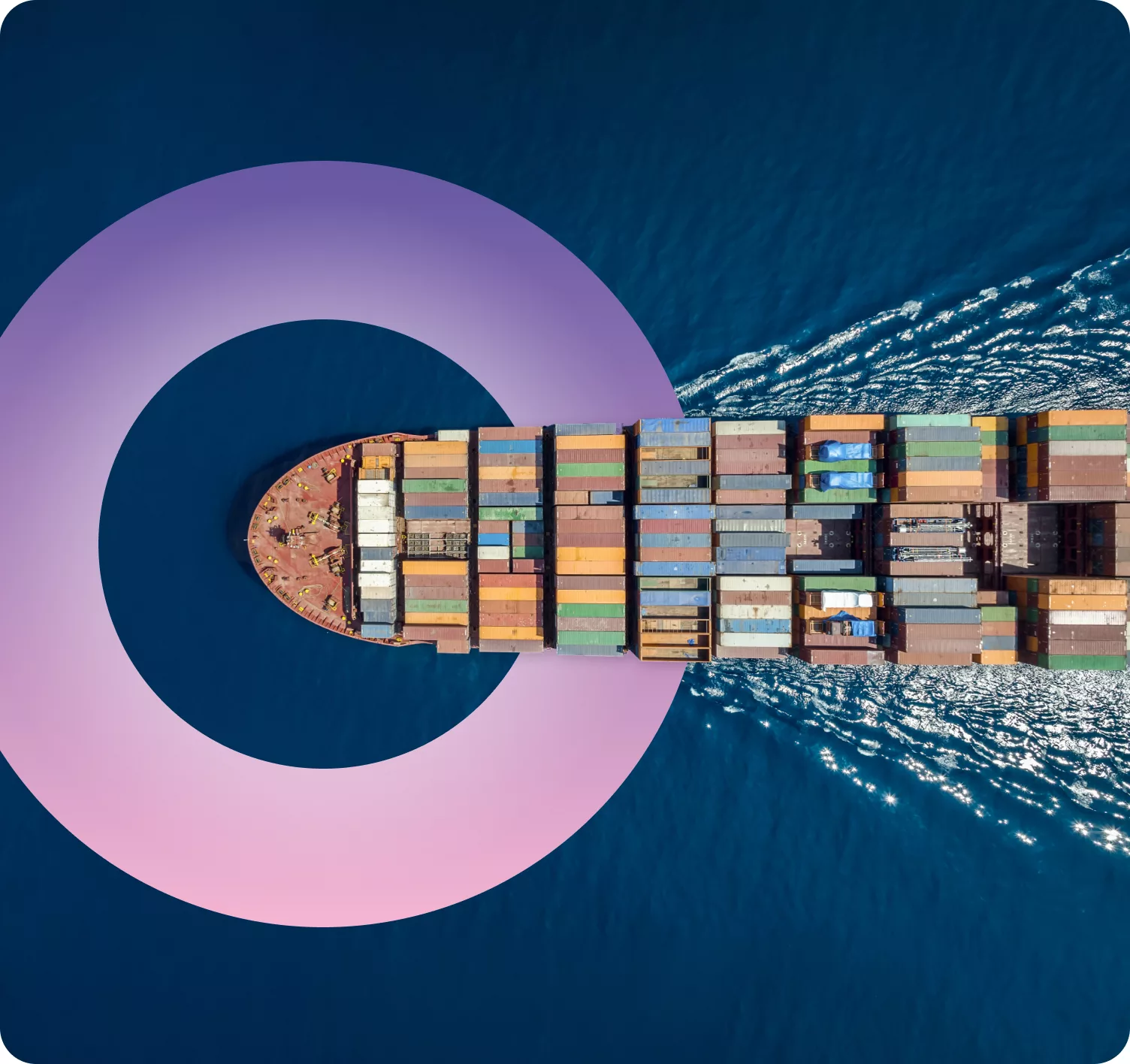Market-based initiatives aim to improve supply chain practices through:
1
Traceability systems:
Enabling product tracking from source to consumer for transparency.
2
Chain-of-custody tools:
Ensuring sustainable sourcing and accountability throughout the supply chain.
3
Sustainable sourcing policies:
Promoting ethical and long-term sourcing practices.
4
Equitable value distribution:
Ensuring fair returns for all supply chain participants through fair pricing and value-sharing.
5
Incentives for responsible practices:
Rewarding companies that adopt sustainable sourcing with certifications or premium pricing.
